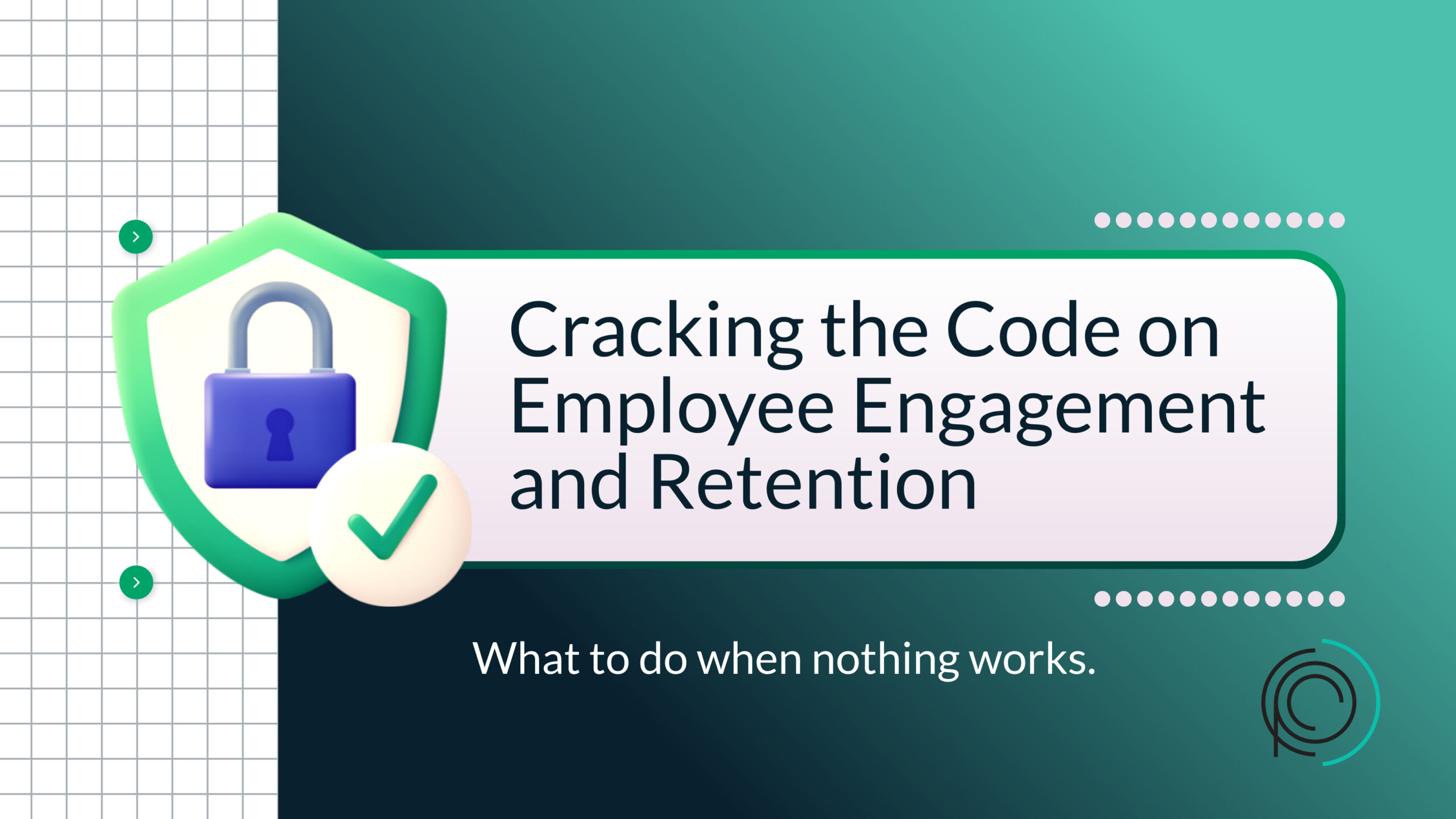March is not just about the thaw of winter and the hint of spring; it marks a month-long celebration of the economic, social, cultural, and political achievements of women around the globe. As we revel in the legacy of those who fought for gender equality – like Susan B. Anthony, Rosa Parks, Malala Yousafzai, and the countless unsung heroines – it is clear that the work towards true gender parity is an ongoing climb. In our workplaces and corporate arenas, this is a space to recognize the women who have pioneered new paths and to highlight the challenges that persist.
This article aims to illuminate the progress we’ve made, while echoing the call to action for further change. It serves as a digital beacon not only for International Women’s Day but every day we step into the profound history of women who have fought for and continue to strive for a balanced world.
The Founding Mothers of Economic Equality
The struggles of women in the economic realm are well-documented. From the lack of a voice or a say in pressing women’s issues to the pay equity movement, these fights have taken various forms over centuries. International Women’s Day and Women’s History Month are moments of reflection upon these tenacious battles, often fought in the boardrooms and on the picket lines.
The Urgency of Pay Equity
In 1963, the Equal Pay Act was passed in the United States to combat wage disparity between the sexes. Yet, over half a century later, women still earn less than men by substantial margins, with the pay gap even wider for women of color and those from marginalized communities. The urgency of closing this gap is a pivotal step in achieving true economic equality for women worldwide.
Investing in women’s education, updating HR policies to ensure transparency in compensation, and promoting women to positions of decision-making can help bridge this divide. Achieving pay equity is not simply a legal or economic concern; it’s a moral imperative for building a just and equitable society.
Breaking Down Corporate Barriers
Corporate culture has long been a stronghold of gender bias. Women have struggled against the glass ceiling, finding footholds but rarely ascending to the highest echelons. While we take strides to break down these barriers, the unseen obstacles of implicit bias, lack of mentorship, and the pressure of work-life integration continue to forestall progress.
Diverse and inclusive workplaces will prove the most resilient, creative, and adaptive in the global economy. As such, businesses must not merely pay lip service to gender inclusivity but rather embed it into their DNA. This means fostering mentorship programs, implementing work-life balance initiatives, and transparent track-to-leadership opportunities.
The Entrepreneurial Push
In entrepreneurship, women face a separate set of challenges. Funding disparities, limited access to networks, and the cultural norms that encourage risk-taking among men can deter many female entrepreneurs. However, despite these barriers, it is women who have been the fastest-growing population in the field.
Initiatives to provide capital, create support networks, and advocate for inclusive business environments are critical. It is also essential for society to reimagine the narrative around risk aversion and female leadership and push for the changes that will ensure women have an equal footing in the entrepreneurial world.
Nurturing A Pipeline of Women in Leadership
A critical step in cultivating a diverse business landscape involves building a robust pipeline of female leaders. Advancing in leadership isn’t just about individual opportunity; it’s about shifting the culture and structures that have historically benefited men.
Empowering Through Education
Education stands as the foundation on which we construct pathways to equal opportunities. By actively promoting and supporting young girls to venture into the fields of Science, Technology, Engineering, and Mathematics (STEM), traditionally dominated by men, we initiate a powerful movement towards inclusivity. Through strategic investments in scholarships, mentorship programs, and an enriched curriculum that showcases the diverse and remarkable accomplishments of women, we have the potential to revolutionize the educational terrain for upcoming cohorts of visionary leaders.
Leadership Development and Mentorship
Mentorship is a cornerstone in the development of successful leaders. Establishing formal mentorship networks, both within and across industries, can provide women with the guidance and support necessary to rise in their fields. Additionally, leadership development programs tailored to the unique situations faced by women in business can accelerate professional growth and help cultivate the next generation of women leaders.
The Family as a Crucible of Leadership
For many women, the decision to pursue leadership roles is complicated by familial expectations. Providing support for family responsibilities through flexible work structures, parental leave, and childcare support can ensure that women are not forced to choose between their careers and their personal lives. Family-friendly policies are not just a women’s issue; they’re a foundational element of creating inclusive workplaces that value all employees.
Cultural Shifts: The Role of Society in Workplace Equality
Achieving gender equality in the workplace requires more than just structural and policy changes; it necessitates a shift in the underlying culture. Gender bias often operates at the unconscious level, and it is shared narratives and social norms that continue to impede women’s progress.
Raising Awareness and Creating Allies
The #MeToo movement has served as a wake-up call, shedding light on the pervasiveness of gender discrimination and sexual harassment. However, awareness is just the first step. Businesses must move beyond the headlines and take proactive steps to create safe, respectful, and equitable workplaces. This includes fostering a culture where marginalized voices are not just heard but actively sought out and valued.
Creating allies among senior leaders and men in the workplace can amplify the voices of women and drive cultural change. It is the responsibility of all individuals within an organization to challenge bias, confront inequality, and advocate for systemic changes that will benefit everyone.
Redefining Successful Leadership
In our discussions around leadership, success, and effectiveness, there is often an implicit gender bias. By acknowledging and challenging these norms, we can redefine what it means to be an effective leader, creating space for the values and qualities that women often bring to the table. By embracing a more inclusive model of leadership, businesses can leverage the full spectrum of talent and perspectives available to them.
Leveraging Technology for Inclusivity
Technology has the potential to be a great equalizer, providing new avenues for networking, mentorship, and business development. Remote work and virtual meeting platforms have made the traditional barriers to entry more permeable, allowing women from all around of the globe to participate in economic and business activities. It is crucial to ensure that these technological advancements are used to enhance inclusivity and accessibility, not to perpetuate existing inequities.
Taking Action: What Business Leaders Can Do Today
For business leaders committed to advancing gender equality, the time for action is now. There are concrete steps that can be taken to promote inclusivity and create a more equitable workplace.
Invest in Diverse Leadership
Leadership teams that are diverse in gender and background are more likely to understand and address the needs of a diverse customer base. By actively seeking out and promoting women into leadership roles, businesses can ensure that their decision-makers reflect the society they serve.
Prioritize Pay Equity
Conducting regular pay audits, adjusting compensation policies, and publicly advocating for pay equity sends a clear message that your business values the contributions of all its employees. Prioritizing pay equity is not just an ethical stance; it’s a strategic decision that fosters loyalty and a positive organizational culture.
Implement Inclusive HR Policies
Examine your human resources policies through a gender lens. Are there barriers that disproportionately affect women, such as rigid promotion structures, vesting requirements for benefits, or team-building activities that exclude those with family responsibilities? By adjusting these policies, you can create a more welcoming environment for all employees.
Sponsor and Champion Women
Being a sponsor means using your position of power and influence to advocate for the advancement of women. Championing women in meetings, promoting their work, and creating opportunities for them to showcase their talents can have a significant impact on their career trajectories.
Engage in the Public Conversation
The public conversation around gender equality is where norms and expectations are shaped. By engaging in this dialogue – whether through thought leadership, advocacy, or simply leading by example – business leaders can help move the needle on societal attitudes and behaviors.
Looking Ahead: The Commitment to Sustained Progress
Recognizing the immense strides we’ve made and the challenges that lie ahead, the commitment to sustained progress is more critical than ever. This is not a fight that can be won with a single action or a one-off event. It requires a concerted effort across all levels of society and business to create lasting change.
The Power of Collective Action
No single business or individual can tackle these entrenched societal issues alone. Collective action – through industry coalitions, public-private partnerships, and collaborative initiatives – can magnify the impact of individual efforts and drive broader systemic change.
Long-Term Thinking for Long-Term Change
Gender equality is as much about the long game as it is about short-term gains. Planning for long-term change, incorporating gender equality into your business strategy, and being prepared to weather the inevitable pushback are critical for those wishing to be on the right side of history.
The Role of Future Generations
Finally, we must consider the role of future generations. The actions we take today will not only shape the world for current women but for the daughters, granddaughters, and great-granddaughters who will follow. By instilling the values of equality, representation, and inclusion, we can ensure that the progress we make is not just sustained but accelerated.
It is with this forward-looking, unrelenting spirit that we recognize the women who have come before us and set our sights on the horizon. Women’s History Month and International Women’s Day are reminders not only to celebrate the achievements of women in the past but to commit to the continued pursuit of a more equitable future for all.







